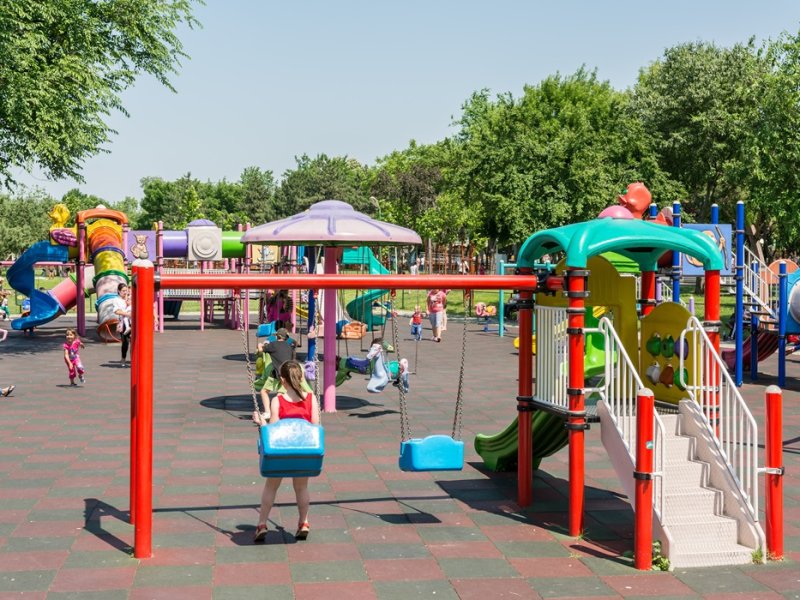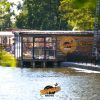What does childhood look like between Bucharest apartment blocks in 2025? Games, fears and reinvented freedoms

By Bucharest Team
- Articles
Urban childhood has changed. Not just because the apartment blocks no longer look like they did in the ’80s or ’90s, but because the way children grow, interact, and play has been profoundly shaped by the rhythm, spaces, and fears of the contemporary city. Bucharest in 2025 offers a different kind of childhood: more connected, but more controlled; safer, but less spontaneous.
Where do children still play?
Playgrounds have moved. The spaces between apartment buildings, once the main stage for urban childhood, are now either taken up by parking lots or blocked off by physical or symbolic barriers. Children now play in designated parks, often under strict supervision, with predefined paths and standardized equipment.
There are exceptions: groups of children who turn sidewalks, garages, or stairwells into areas of exploration. But these spontaneous games are rarer, often cut short by the fixed schedule of the day: after-school programs, homework, extra classes. Childhood in 2025 is more programmed.
Parents’ fears, children’s freedoms
Children’s freedom of movement is much more limited than it was 20–30 years ago. Many parents choose to accompany their children everywhere, fearing traffic, perceived dangers, or social judgment.
This control has emotional consequences: children have less confidence in handling things on their own, fewer opportunities to make decisions independently, and less unmediated interaction with other children. On the other hand, they grow up in an environment perceived as safer and cleaner.
New games, new rules
Childhood games have changed along with the environment. Rubber-band games, hopscotch, or hide-and-seek are now nostalgic relics. Today’s Bucharest kids prefer rollerblades, electric scooters, co-op video games, and TikTok dances. Instead of spontaneous, mixed-age groups, games now happen in smaller circles, often formed around a screen.
But play hasn’t disappeared. It has adapted. Children have moved their exploration vertically—on staircases, balconies, rooftops—into the digital world, or into micro-universes created in the corners of an apartment.
A city that protects or restricts childhood?
Urban planning plays a major role in how childhood is lived. In 2025, the city offers more specially designed spaces, but fewer free, informal ones. Video surveillance has become the norm, and spontaneous interactions between unfamiliar children are increasingly rare.
Childhood between apartment blocks hasn’t died—it has transformed. It’s quieter, more digital, more structured. But it still seeks freedom, meaning, and play.
For parents, the challenge is to create spaces where children can practice autonomy without sacrificing safety. And for the city, the challenge is to remember a simple truth: a child who plays freely is a city that works.
Also recommended Child playground safety: a guide for parents






























